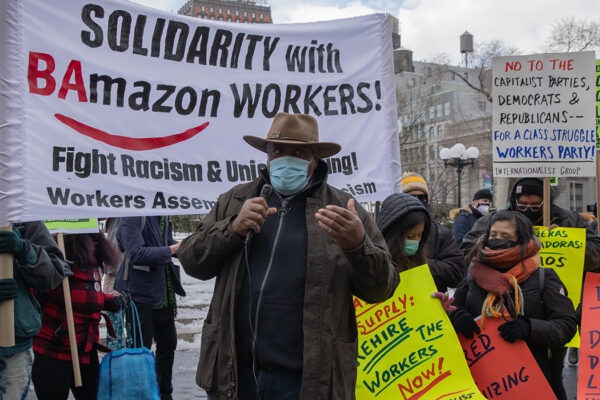The economic and social upheaval created by both the COVID-19 pandemic and the 2020 murder of George Floyd forced a corporate reckoning. In response, many companies made bold pledges to address persistent inequities in hiring, pay and advancement opportunities for Black workers.
In her most recent book, “Gray Areas: How the Way We Work Perpetuates Racism & What We Can Do to Fix It,” renowned Washington University in St. Louis sociologist Adia Harvey Wingfield reveals why racial inequality persists despite such efforts, and those that came before it, and offers practical insights and recommendations for both individuals and organizations seeking to create more inclusive work environments.
Drawing on her extensive research and interviews with more than 200 Black workers over the last decade, Wingfield, the Mary Tileston Hemenway Professor and vice dean of faculty development and diversity in Arts & Sciences, dissects the complex dynamics that define what she calls the “gray areas” within workplaces.
“Gray areas are the relationships, networks and cultural dynamics that are integral to companies and employees — today more than ever,” said Wingfield, an expert on race, class and gender inequality in the workplace. “They determine how we learn about potential jobs, who gets serious consideration for them, how their performance is evaluated, how we advance and more.
“Too often, companies elevate diversity as a concept but overlook the organizational culture and internal processes that disadvantage Black workers.
“This is where we can move the needle, though. In identifying and addressing these gray areas, we have the greatest opportunity to transform our workplaces into environments that truly serve all employees.”
Wingfield’s recommendations span leadership practices, organizational policies and interpersonal strategies, providing a road map for fostering equity within workplaces and addressing the gray areas head-on. These remedies include:
- Rethinking hiring practices
- Shifting organizational cultures to centralize Black employees’ experience
- Establishing clear pathways to move capable Black candidates into leadership roles
By weaving real-world examples into her analysis, Wingfield brings to light the lived experiences of Black employees across industries in a way that is accessible and relatable. She encourages readers to reflect on their own experiences and biases and offers a deeper understanding of the subtle, often unseen, forces at play within the workplace.



